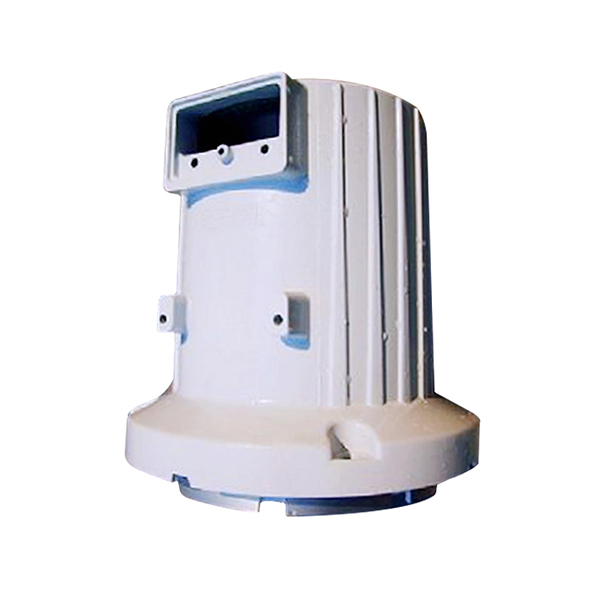Mobile:+86-311-808-126-83
Email:info@ydcastings.com
Types of Molds in Casting
Types of Molds in Casting An Overview
Casting is a fundamental manufacturing process that allows materials, particularly metals, to be shaped into desired forms. One of the critical components of this process is the mold, which serves as a template for creating the final product. The choice of mold significantly influences the quality, precision, and efficiency of the casting process. This article will explore the different types of molds utilized in casting, highlighting their unique characteristics and applications.
1. Sand Molds
Sand molds are among the most commonly used molds in the casting industry. They are made from a mixture of sand, clay, and water, which creates a strong yet flexible structure that can withstand the heat of molten metal. The primary advantage of sand molds is their ability to be reused, making them a cost-effective choice for large productions. Additionally, they can accommodate complex shapes, which is crucial for intricate designs. However, sand molds may result in a rough surface finish, often necessitating further machining.
Permanent molds, typically made from metal, are designed for multiple uses. These molds offer high precision and produce parts with smooth surface finishes. The key advantage of permanent molds is their durability; they can withstand high temperatures and repeated castings without deteriorating. This type of mold is especially beneficial for high-volume production as it allows for faster cooling of the metal, thereby reducing cycle times. However, the initial investment for creating permanent molds can be significantly higher than for sand molds.
3. Investment Molds
types of molds in casting

Investment casting, also known as lost-wax casting, utilizes molds made from a heat-resistant material, usually a type of wax or resin. This method is renowned for its ability to produce highly complex shapes with excellent dimensional accuracy and surface finish. The process begins with creating a wax pattern, which is then coated with a ceramic shell. Once the shell is hardened, the wax is melted away, leaving behind a precise mold. Investment molds are particularly advantageous for producing intricate components in industries such as aerospace and medical devices, although they can be more expensive and time-consuming than other casting types.
4. Die Casting Molds
Die casting involves forcing molten metal into a mold under high pressure. Die casting molds are typically manufactured from steel or aluminum and are engineered for durability. This technique is primarily used for non-ferrous metals and allows for rapid production of high-volume parts with tight tolerances. Die casting molds can produce items with exceptionally smooth finishes and intricate details. However, due to the complexity of the mold design and the involved manufacturing process, die casting molds can also be costly.
5. Shell Molds
Shell molding is a variation of sand molding that utilizes a thin shell of sand and thermosetting resin to create a mold. This process is known for producing parts with good surface quality and dimensional accuracy. Shell molds are often used for smaller castings but can produce components with significant detail. While shell molds can be produced quickly, they may not be as reusable as sand molds.
In conclusion, the choice of mold in the casting process is dictated by various factors, including the complexity of the desired shape, production volume, and surface finish quality. Each type of mold offers distinct advantages and limitations, making it essential for manufacturers to select the most suitable option for their specific needs. Through understanding the various types of molds available, businesses can enhance their casting operations and improve overall product quality.











